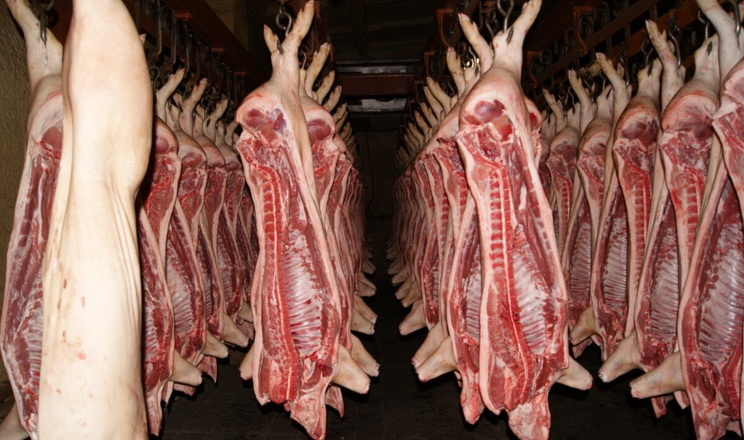Canada pork exports limited by increased domestic demand – GAIN

Increased Canadian consumption has been a positive for pork producers, however, this has also been the result of lower export volumes, according to a recent US Department of Agriculture (USDA) Global Agricultural Information Network (GAIN) report.
Despite the challenges of the pandemic on supply chains and processing disruption, export demand for pork and Canadian production levels sustained strong export volumes from 2020 through 2022. Even with some Canadian plants suspended from China as a result of COVID- 19 cases, Canadian export volumes were large as a result of global demand and production impacts due to African Swine Fever (ASF) in other regions. However, smaller domestic production, increased consumer demand, and will support increased pork import volumes in 2023. These import volumes will be reduced slightly in 2024, with lowered production in the United States and European Union. The United States will remain the main supplier of Canadian pork imports, advantaged by geographic proximity and established supply chains.
FAS/Ottawa forecasts Canadian pork exports to remain relatively steady in 2024, following a 7% decline in 2023. Removal of temporary suspensions for export to China for a number of processing plants in early 2023 has seen Canadian exporters capitalize and increase export activity to that market. ASF impacts on production in Asian countries may also represent increased export potential depending on how the situation progresses through 2024. Canada will face competition from increasing exports from Brazil, and lowered Canadian production will be a factor, mitigating any gains through 2024. Diminishing U.S. consumer demand for pork will also be a factor in lowered export volumes. While percent of production exported will be lowered, Canada remains export dependent on pork production, with over sixty percent of production exported.
Canadian exports from the Port of Vancouver were disrupted by an almost two-week strike by port workers this summer. This would have likely disrupted exports to the Indo-Pacific region, but those volumes should recover for the second half of 2023 as the backlog at the port has cleared. Port of Vancouver is critical for Canadian exporters to markets across the Pacific. Canada maintains a strategy of increasing trade within the Indo-Pacific region, ensuring transport logistics and minimizing port disruptions will be essential to maintaining export volumes.
The European Union and pork export performance under the Comprehensive and Progressive Trade Agreement (CETA) continues to be an irritant for the Canadian pork industry. Exports are performing better year-to-date in 2023, but non-tariff barriers continue to limit export volumes. Continued spread of ASF in wild porcine populations in Europe and potential to impact commercial production could see Canadian exports increase in 2024.
The United States will continue to remain the dominant export market for Canadian pork exports in 2024. Volumes will be lowered on lower US consumer demand and lower Canadian production volume.
Read also
Wheat in Southern Brazil Impacted by Dry Weather and Frosts
Oilseed Industry. Leaders and Strategies in the Times of a Great Change
Black Sea & Danube Region: Oilseed and Vegoil Markets Within Ongoing Transfor...
Serbia. The drought will cause extremely high losses for farmers this year
2023/24 Safrinha Corn in Brazil 91% Harvested
Write to us
Our manager will contact you soon



